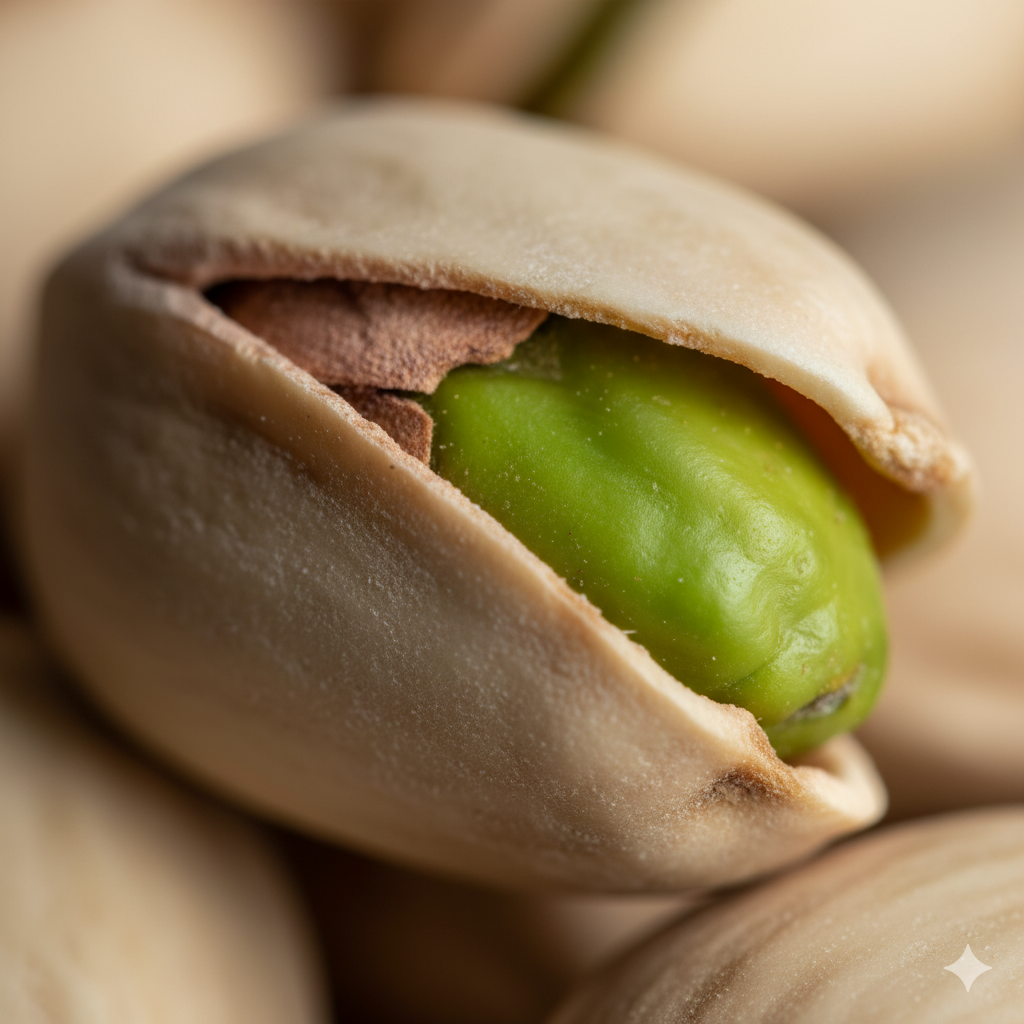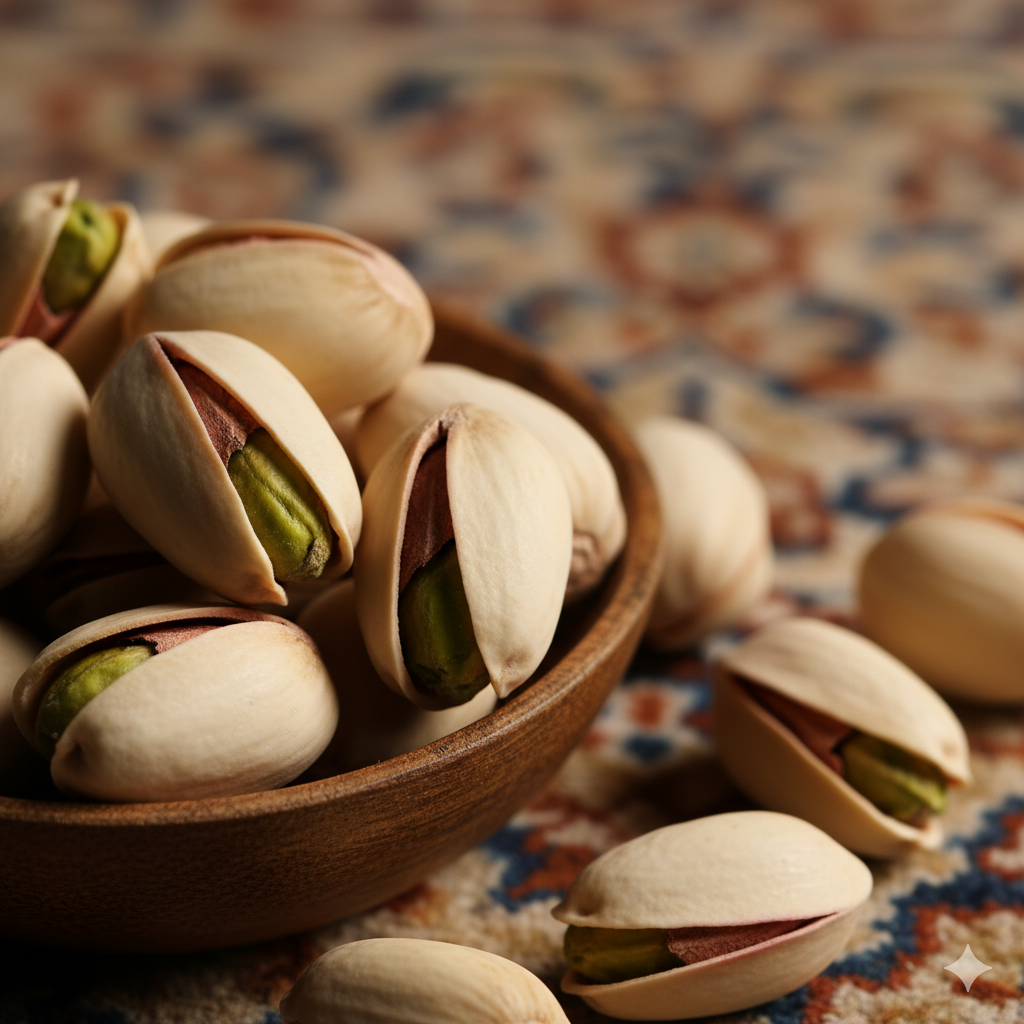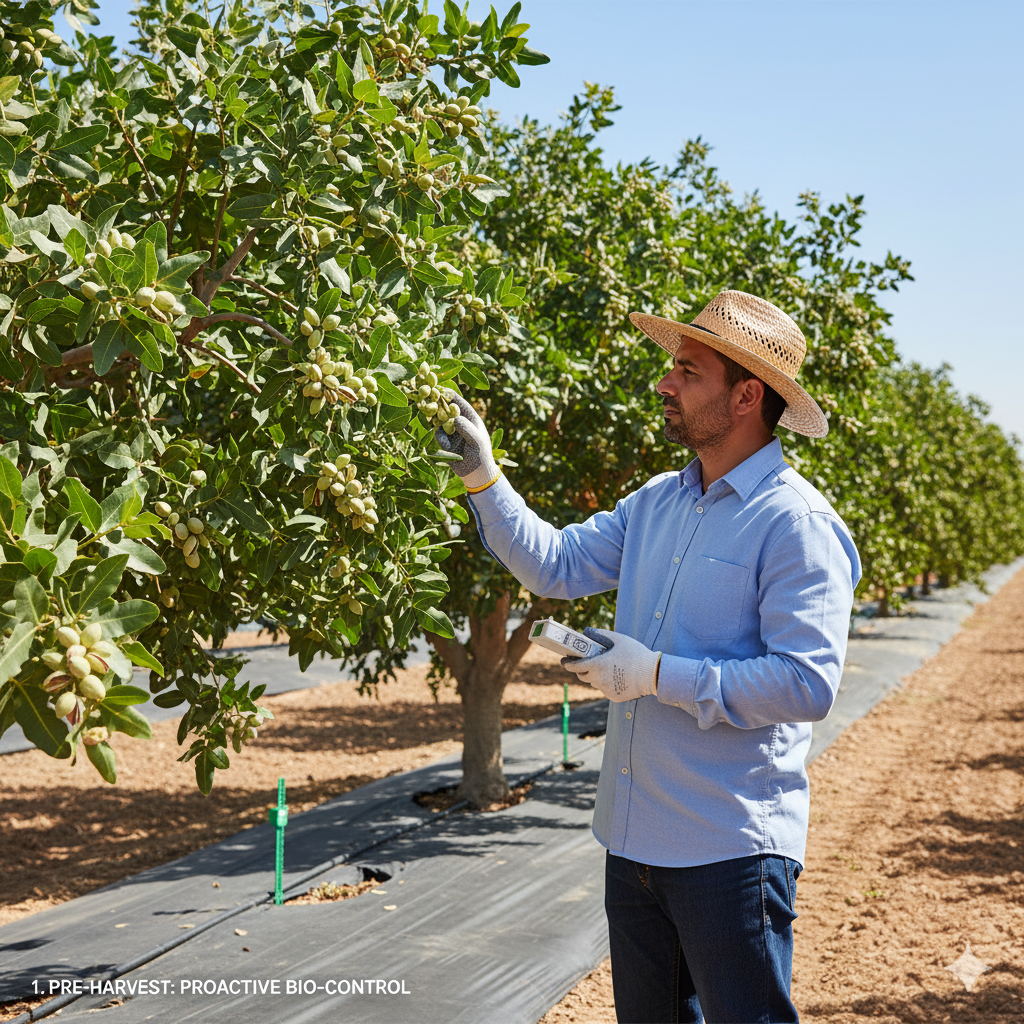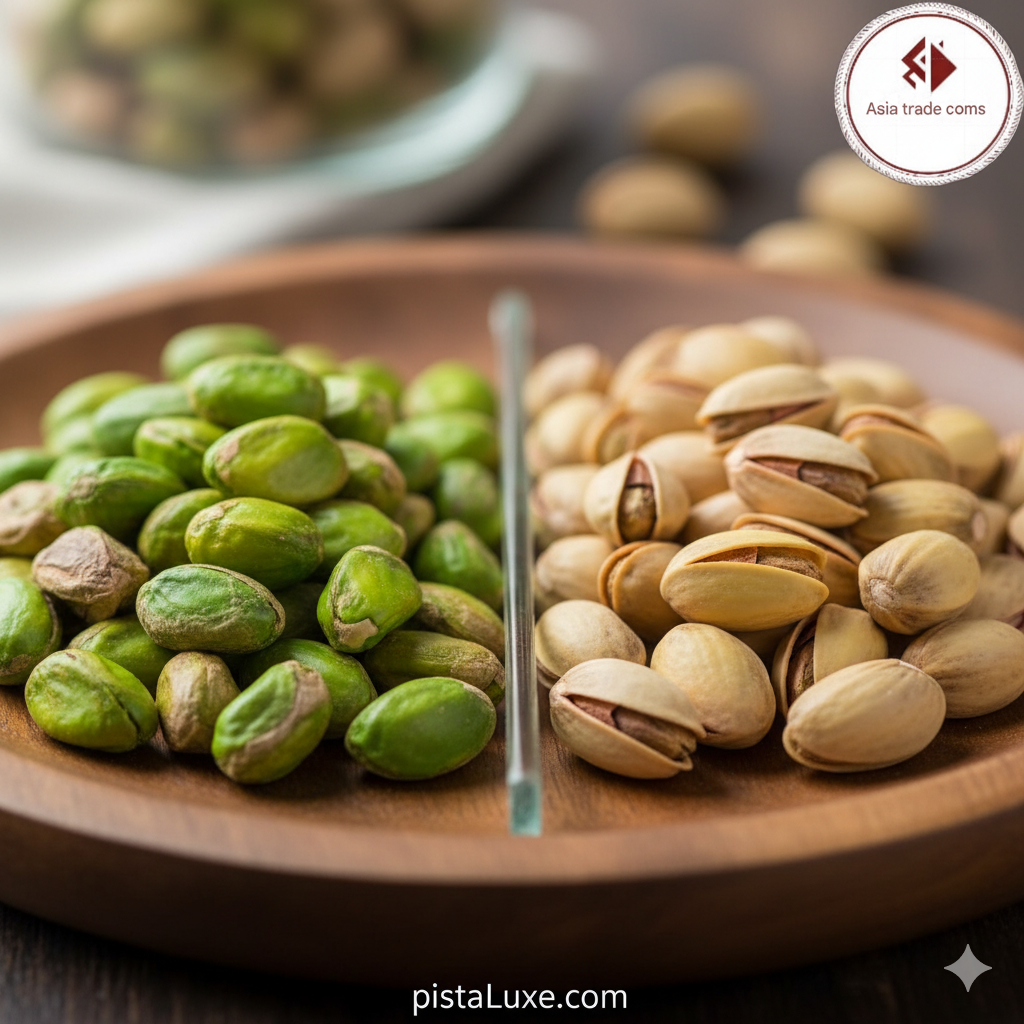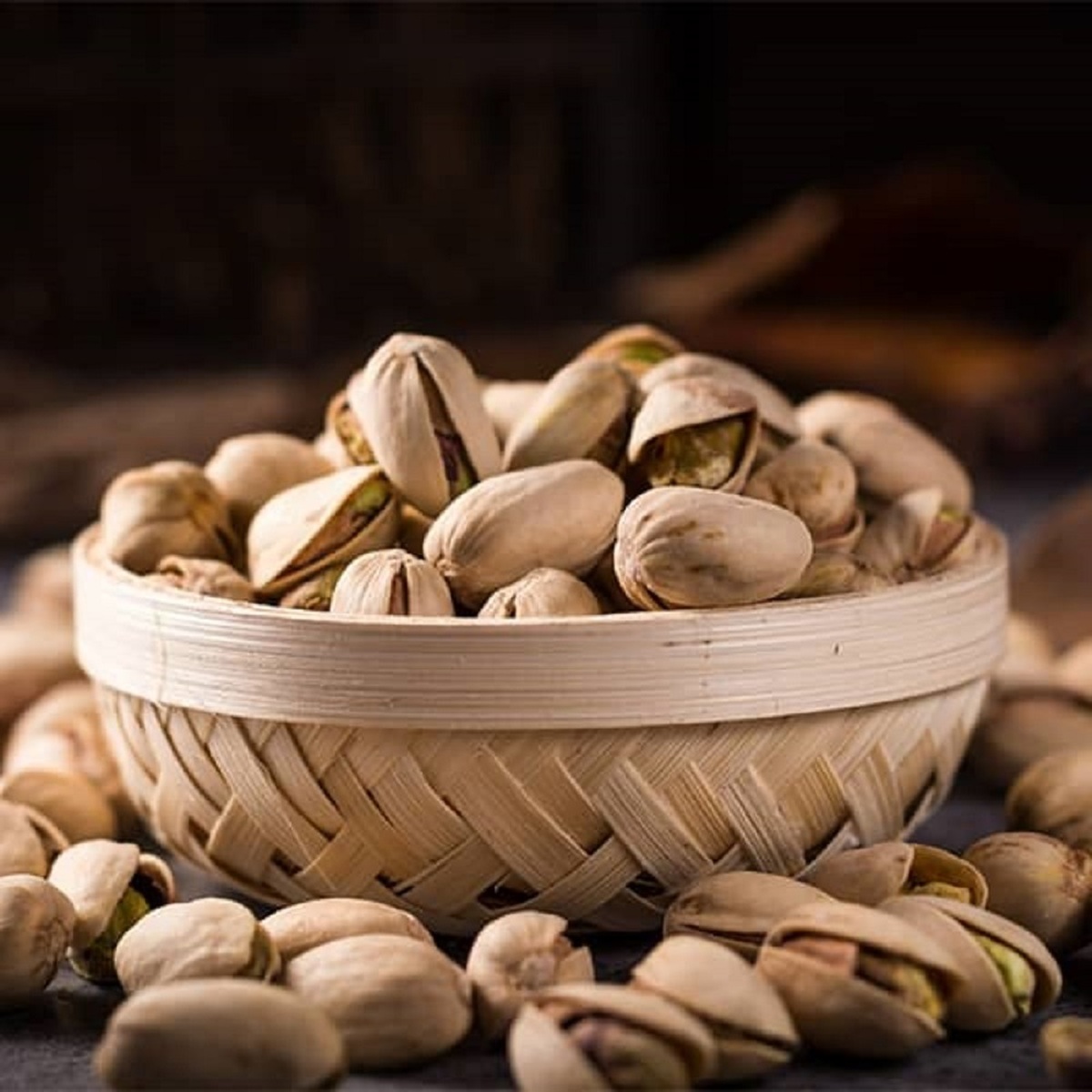
H1: Unpacking the Nutritional Powerhouse: Why Pistachios Win the Snack Battle for Weight and Wellness
In the quest for optimal health and effective Weight Management, the food choices we make between meals often sabotage our best efforts. We often focus heavily on breakfast, lunch, and dinner, overlooking the substantial impact of snacking. The conversation today centers on deep-diving into the Nutritional Value of Pistachios and understanding exactly why this humble nut triumphs over the myriad of highly refined, convenience-based options crowding supermarket shelves.
H2: Beyond the Crunch: Understanding Pistachio’s Unique Profile
Pistachios are unique among tree nuts due to their specific composition, making them an exceptional choice for those tracking macros or striving for better metabolic health. They are not just filler; they are packed with bioactive compounds, antioxidants, and a superior balance of macronutrients that actively support bodily functions.
A 1-ounce serving (approximately 49 kernels) contains roughly 160 calories, but more importantly, it delivers 6 grams of protein, 3 grams of fiber, and a wealth of micronutrients, including Vitamin B6 and potassium.
H2: The Role of Pistachios in Weight Control
One of the most compelling arguments for prioritizing pistachios lies in their efficacy for Weight Management. This is not achieved through magic, but through sophisticated satiety mechanisms inherent in their physical structure and nutrient composition.
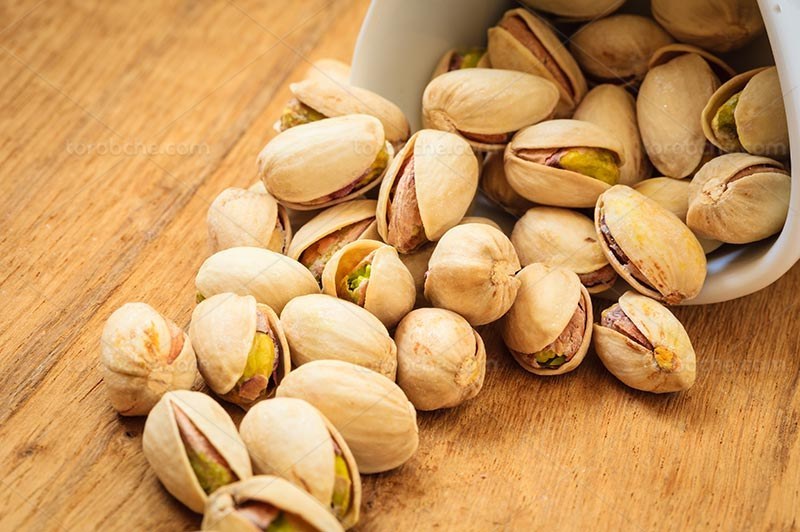
H3: The ‘Shelling’ Effect and Mindful Eating
The physical act of consuming pistachios is a powerful tool for controlling intake. When you consume shelled snacks like pretzels or crackers, you consume them rapidly, often consuming far more than intended before your satiety signals even register.
The ‘Shelling’ Effect forces a slowdown. Studies suggest that when people eat in-shell pistachios, they consume significantly fewer calories in a single sitting compared to eating shelled nuts. Furthermore, the pile of empty shells serves as a visual cue, reminding the snacker of how much they have actually eaten, encouraging Mindful Snacking.
H3: High Satiety, Lower Calorie Intake
The combination of fiber and protein in pistachios translates directly into higher satiety levels. Satiety—the feeling of fullness—is critical for preventing unintentional overconsumption.
The incomplete absorption of some fat calories from the nut matrix also means that the effective caloric load might be slightly lower than the label suggests, a phenomenon known as “caloric displacement” seen in some nuts. When you feel satisfied from a small handful of pistachios, you are less likely to seek out a second, less nutritious snack shortly thereafter, leading to a net reduction in overall daily calorie intake.
H2: Stabilizing Blood Sugar and Boosting Energy
For individuals concerned about energy crashes, insulin resistance, or maintaining stable focus, the impact of snacks on blood glucose levels is paramount. Here, pistachios offer significant advantages over typical starchy or sugary snacks.
H3: Low Glycemic Index Benefits
Pistachios possess a remarkably low Glycemic Index (GI). The GI measures how quickly a food raises blood sugar levels. Foods high on the GI scale trigger sharp insulin responses.
Pistachios are low GI because their substantial content of fiber, protein, and fat slows down the rate at which carbohydrates are converted to glucose in the bloodstream. This predictable metabolism is vital for supporting stable energy levels and is particularly beneficial for individuals managing Type 2 diabetes or seeking preventative metabolic health strategies.
H3: Sustained Energy Release
When comparing the Nutritional Value of Pistachios against a refined carbohydrate snack (like a granola bar laden with corn syrup), the energy outcomes are dramatically different:
- Refined Snack: Rapid peak, followed by a sharp drop (fatigue, craving).
- Pistachios: Slow, steady ascent of energy that lasts for hours.
This sustained Energy Boost is derived from the efficient utilization of healthy fats and the protein matrix, providing the body with consistent fuel rather than a sugar-rush overload.
H2: Comparing Macros: Pistachios vs. Common Snack Types
To illustrate the superiority of pistachios, consider a direct macro comparison between a standard serving of in-shell pistachios and two common processed snacks: a serving of standard potato chips and a chocolate cookie.
Nutrient ComponentPistachios (1 oz)Potato Chips (1 oz)Chocolate Cookie (Standard)Calories~160~160~150Protein6g2g2gFiber3g1g<1gHealthy Fats (Mono/Poly)HighLowHigh Saturated/Trans (Often)SodiumLow (~150mg)Very High (~170mg)ModerateSugar (Added)0g0gHigh (Varies)
This table starkly reveals that while the caloric load of the snacks might appear similar, the quality of those calories is worlds apart. Pistachios deliver significant protein and fiber for metabolic management, whereas the chips deliver empty calories dominated by sodium and less favorable fats, and the cookie delivers high amounts of refined sugar.
H2: Conclusion: Your Smart Snack Decision
Winning the snack battle is less about deprivation and more about strategic substitution. Understanding the deep Nutritional Value of Pistachios clarifies why they are not just a better option, but an actively beneficial one for your health goals. They promote Weight Management through satiety and mindful consumption, stabilize your metabolism via low-GI benefits, and provide a clean, sustainable Energy Boost.
When hunger strikes, making the conscious decision to reach for pistachios—observing the shells pile up as you eat—is a simple, powerful investment in your long-term wellness. Embrace the crunch of knowledge and make pistachios your default smart snack.
To order or get advice on pistachio and dried fruit varieties, contact our team via our official WhatsApp. Our support team is ready to answer your questions and can help you choose the right pistachio and dried fruit. WhatsApp number 009890214773705


